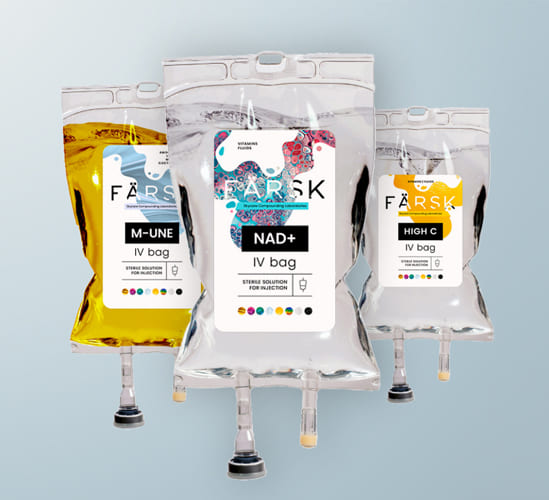
Table of Contents
Treatment IV: Exploring Intravenous Therapies
Introduction to Treatment IV
Intravenous therapy, often known as treatment IV, is a medical technique in which a vein is used to supply the bloodstream directly with nutrition, drugs, and fluids. This thorough guide examines all the facets of IV therapy, including its advantages, varieties, methods, efficacy, expenses, and things to consider for individuals considering this course of treatment.
What is Intravenous Therapy?
Intravenous therapy involves administering fluids, medications, or nutrients directly into a vein using a sterile catheter and tubing. This method allows for rapid absorption and immediate effects compared to oral administration.
Historical Development of Treatment IV
The development of intravenous therapy dates back to the early 19th century, evolving from basic fluid replacement to complex nutrient and medication delivery systems used in modern medicine.
Benefits of Treatment IV
How does Treatment IV enhance nutrient absorption?
By bypassing the digestive system, treatment IV ensures that nutrients are absorbed more efficiently and completely into the bloodstream, promoting optimal cellular function and health.
Why is rapid medication delivery beneficial?
In emergencies or critical care settings, intravenous medications can be administered swiftly, ensuring rapid onset of action and precise dosing.
Book Your Free Consultation Today Or Call (647) 560-9233
By providing your phone number you agree to receive informational text messages from laserskin.ca. Consent is not a condition of purchase. Message frequency will vary. Msg & data rates may apply. Reply HELP for help or STOP to cancel.
Click HERE for pricing
What are the advantages of hydration and electrolyte balance through IV?
Hydration IV therapy replenishes fluids and electrolytes effectively, addressing dehydration and supporting overall bodily functions, especially in cases of illness or strenuous activity.
Types of Treatment IV
What are the different types of Nutrient IV Therapy?
Nutrient IV treatment uses formulations that are particularly intended to deliver vitamins, minerals, and antioxidants straight into the bloodstream, correcting deficiencies and promoting overall health.
How does Medication IV Administration work?
Medication IV administration involves delivering drugs directly into the bloodstream to achieve therapeutic levels quickly and effectively, often used in hospitals and clinics for acute conditions.
What is involved in Hydration IV Therapy?
Hydration IV therapy involves administering fluids intravenously to restore hydration levels, replenish electrolytes, and support recovery from dehydration or exertion.
Process of Treatment IV
How is the Initial Assessment and Consultation conducted?
A thorough assessment by a healthcare provider evaluates the patient’s medical history, current health status, and treatment goals to determine the most suitable IV therapy plan.
What does Administering the IV Treatment involve?
Administering IV treatment requires skilled catheter insertion into a vein, followed by monitoring to ensure proper flow and patient comfort during the infusion.
How is Monitoring and Post-Treatment Care managed?
Continuous monitoring during treatment IV ensures safety and efficacy, with post-treatment care focusing on monitoring vital signs and addressing any immediate concerns.
Effectiveness of Treatment IV
What do Clinical Studies indicate about Treatment IV?
Clinical studies demonstrate the effectiveness of IV therapy in rapidly delivering fluids, nutrients, and medications, enhancing treatment outcomes and patient recovery.
What factors influence Treatment IV outcomes?
Individual factors such as health status, treatment adherence, and the specific IV formulation can impact the effectiveness and results of treatment IV.
Can you share patient success stories with Treatment IV?
Patient testimonials often highlight improved health outcomes, enhanced energy levels, and faster recovery times attributed to treatment IV therapies.
Cost Considerations for Treatment IV
What are the Average Session Costs for Treatment IV?
Session costs for treatment IV vary based on the type of therapy, clinic location, and specific patient needs, with some treatments ranging from affordable to more specialized therapies.
What are the Total Treatment Expenses typically?
Total treatment expenses depend on the frequency of sessions and duration of treatment, potentially including consultation fees, infusion costs, and additional medical monitoring.
Which options are available for payment and insurance coverage?
Insurance coverage for treatment IV may vary; patients should check with their providers regarding reimbursement options, while clinics may offer payment plans or financing options.
Finding Treatment IV Services
How can you Locate Qualified Clinics and Providers?
Researching reputable clinics and providers ensures quality care, with considerations including certifications, patient reviews, and the provider’s experience in administering IV therapies.
What factors should you consider when Choosing the Right Treatment IV Provider?
Choosing the right provider involves assessing their expertise, facility standards, patient care approach, and communication regarding treatment options and outcomes.
FAQs About Treatment IV
Is Treatment IV safe?
Treatment IV is typically safe when delivered by skilled specialists in sterile settings; nevertheless, specific risks and benefits should be evaluated with a healthcare provider.
How often do you need Treatment IV?
The frequency of treatment IV sessions varies based on medical indications, treatment goals, and individual health needs, with some therapies requiring regular maintenance.
Expected Results and Benefits of Treatment IV
Benefits of treatment IV include:
- Improved hydration.
- Enhanced nutrient absorption.
- Faster recovery from illness.
- Support for overall health and wellness goals.
Conclusion
Treatment IV is a comprehensive technique for delivering fluids, drugs, and nutrients directly into the bloodstream, meeting a variety of medical and wellness demands. Understanding the advantages, methods, expenses, and how to identify skilled providers allows people to make educated decisions about effectively incorporating treatment IV into their healthcare routines.

